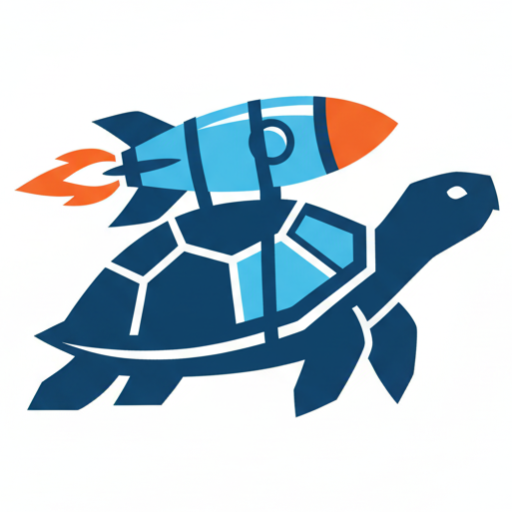
Introduction: The 80/20 Rule Isn’t What You Think The Pareto Principle, or the 80/20 Rule, is one of the most misapplied concepts in productivity. It states that 80% of results come from 20% of efforts, but too often, people use it as an excuse to work less and indulge more. Instead of optimizing tasks and focusing on high-impact work, many use AI and automation tools to do less, not do better.
For example, if 80% of your time is spent gaming and only 20% on work, you’re not leveraging the rule correctly—you’re just avoiding the real work while feeling productive. This post will break down how most people misuse the 80/20 Rule and how to apply it correctly to achieve more while actually working less.
(For more insights on work-life balance strategies, explore Remote Work Haven’s Productivity Section, including posts like How to Avoid Remote Work Burnout.)
How People Misuse the 80/20 Rule
Many people think the 80/20 Rule means:
- “If I automate enough tasks, I can relax more.”
- “I only need to focus on a small part of my work and ignore the rest.”
- “As long as I get 20% of my work done, I’m still productive.”
Common Misapplications:
🚫 80% Entertainment, 20% Work – Spending more time on hobbies, gaming, and passive consumption while using AI to handle work “just enough.” 🚫 80% Automation, 20% Effort – Automating emails, reports, and planning but failing to actually execute important work. 🚫 80% Distractions, 20% Deep Work – Working in short, unfocused sprints and assuming that minimal deep work is enough.
These misinterpretations lead to stagnation, procrastination, and minimal real progress. The 80/20 Rule isn’t about doing less—it’s about doing the right things efficiently.
How to Apply the 80/20 Rule Correctly (Without Slacking Off)
1. Identify What Truly Drives Your Success
- Instead of reducing work, focus on what brings real impact—whether it’s revenue, learning, or growth.
- Ask: What tasks actually create long-term success, and what’s just filler?
2. Use AI to Enhance, Not Replace Your Work
✅ AI for Productivity – Use ChatGPT for brainstorming, not just auto-generating reports. ✅ AI for Focus – Tools like Motion and Reclaim optimize your deep work sessions instead of just cutting tasks. ✅ AI for Growth – Automate repetitive tasks to free up time for skill-building and strategic work.
(Learn how to work smarter, not harder with our guide on Momentum Path).
3. Flip the 80/20 for Maximum Output
- Instead of 80% gaming, 20% work, flip it: 80% deep work, 20% play.
- Balance work and leisure using structured breaks—gaming or entertainment as a reward for focused output.
Final Thoughts: Work Smart, But Don’t Game the System
The 80/20 Rule is about maximizing impact, not minimizing effort. AI can help optimize productivity, but it’s easy to fall into the trap of using it to justify working less while feeling productive.
💡 Take Action: Identify one high-impact task you’ve been avoiding and use AI to enhance, not replace, your work. Then, see how you can cut distractions, not effort.
🚀 How have you used AI to be more productive (without slacking off)? Let’s discuss in the comments!

